A collection of vintage images featuring the Anna Dean Farm, Barberton, Ohio.
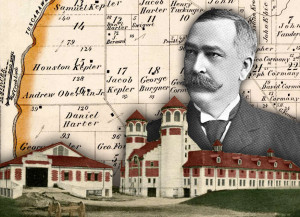
Barber’s dream
This state-of-the-art farm was the creation of industrialist Ohio C. Barber. Barber’s farming dream had been with him for years, but it wasn’t until age 68, as he began to step down from his work in business, that Barber decided to focus his attention and wealth on this agricultural dream.
American farming, a disappointment
Barber had long been disappointed by American farming yields. In his book, Barber noted that farmers of Germany could raise thirty-three bushels of wheat to the acre, whereas the American farmer only produced fifteen. He marveled that Germany produced twenty-nine bushels of rye to America’s sixteen; fourty bushels of barley to our twenty-nine; fifty-three bushels of oats to our thirty-seven; and two hundred and twenty-two bushels of potatoes to our one hundred and twelve; all of this on land which had been cultivated for centuries, whereas the American farmlands were comparatively new and naturally much richer. His Anna Dean Farm was designed to demonstrate that carefully planned scientific farming could be made as successful and profitable a business as manufacturing.
Birth of the Anna Dean Farm
And so, with characteristic gravitas and directness, Barber purchased nine farms lying immediately to the east of the Tuscarawras River, near Barberton, in Coventry Township. The location was ideal for his plans. As an added benefit, these new properties commanded a sweeping view of his industrial empire, Barberton.
Before long, his dream was taking shape. At a cost of nearly three-million dollars, at its peak, Barber’s Anna Dean Farm and its extensions covered nearly 5,000 acres in and around Barberton.
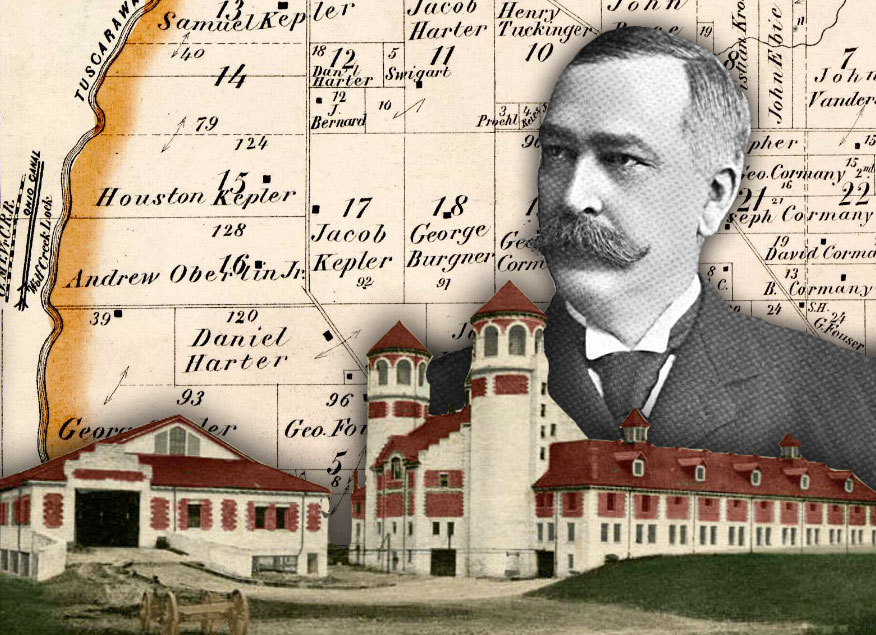
Ohio Columbus Barber 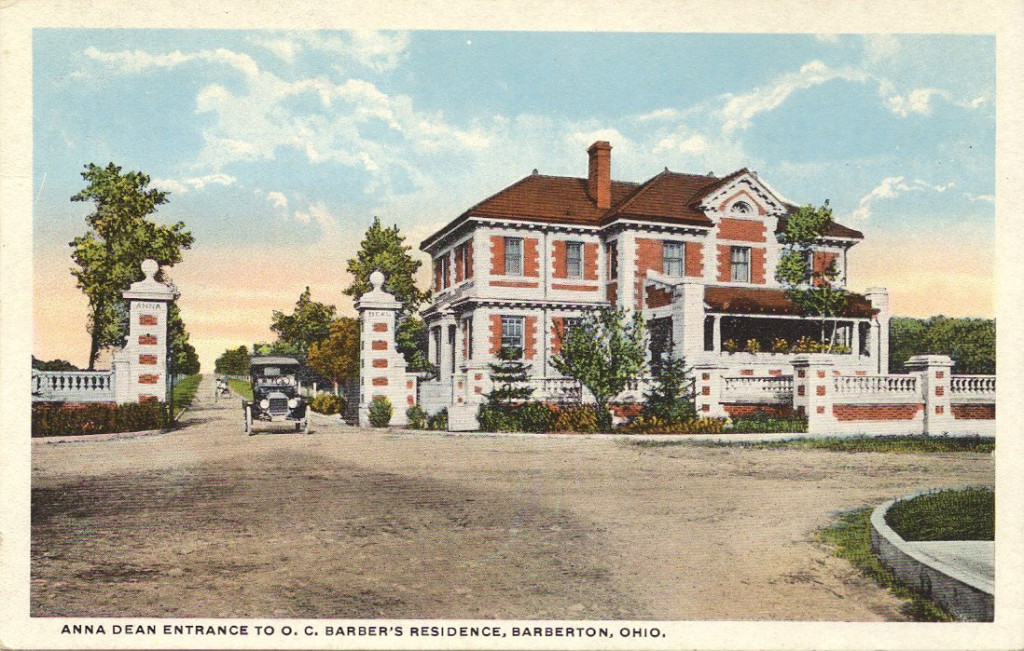
Anna Dean Entrance to O. C. Barber’s residence, Barberton, Ohio 
Ohio C. Barber Mansion, Barberton, Ohio 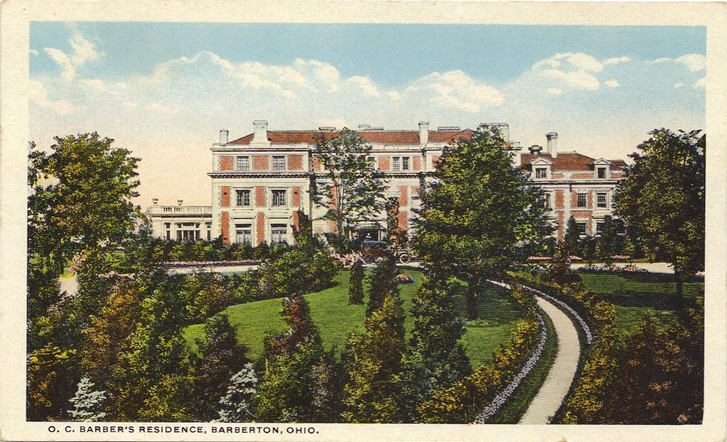
O.C. Barber Residence 
O.C. Barber Mansion 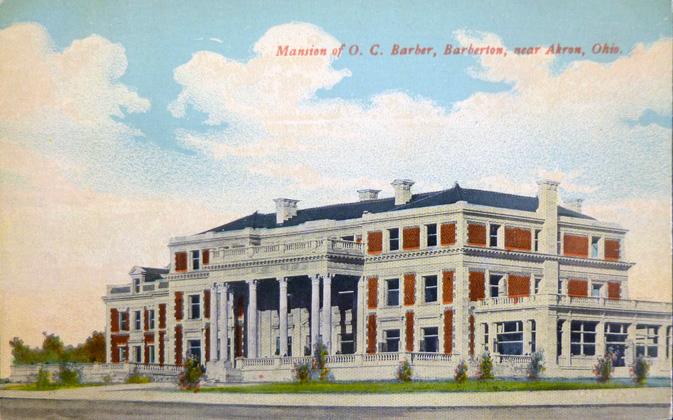
O. C. Barber Mansion 
Oaken Bucket, Barber residence, Barberton, Ohio 
Summe House Anna Dean Farm 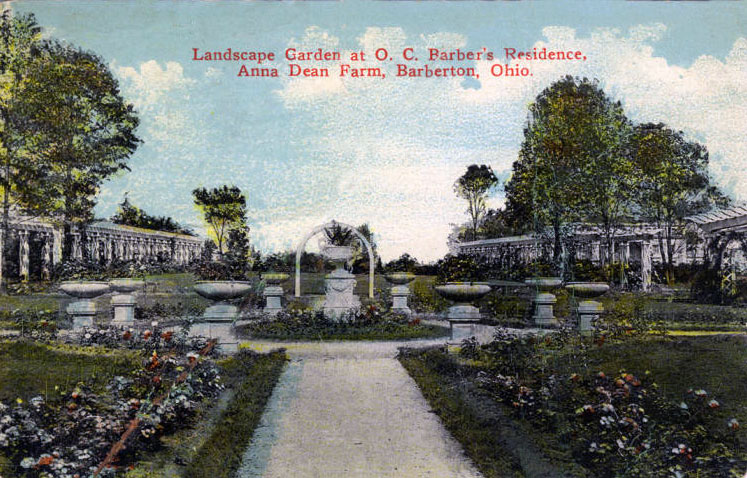
Landscaped Garden at Barber’s Residence on his Anna Dean Farm in Barberton, Ohio 
Barn 2, O.C. Barber’s Anna Dean Farm 

Calves at Mr. O. C. Barber’s Farm, Barberton, Ohio 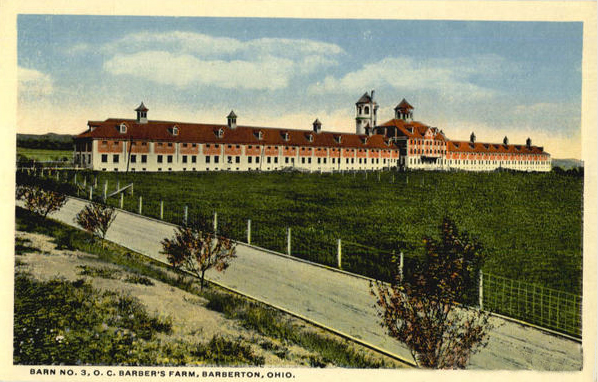
Barn No. 3, O. C. Barber’s Farm, Barberton, Ohio 
O.C. Barber Barn No. 3, 800 ft. Long, Barberton, Ohio 
Creamery on O.C. Barber Farm 
O. C. Barber’s Anna Dean Duck Farm 
View of bridge and barns, O. C. Barber’s Farm 
O. C. Barber’s Anna Dean Farm Pigeon House 
O.C. Barber’s Anna Dean Farm 
Feeding Time Mr. O.C. Barber’s Anna Dean Farm. Barberton, Ohio. 
Bird’s eye view of O. C. Barber’s Anna Dean Farm 
Artificial Lake on O. C. Barber’s Anna Dean Farm, Barberton, Ohio. 
East Barn of O. C. Barber’s Anna Dean Farm 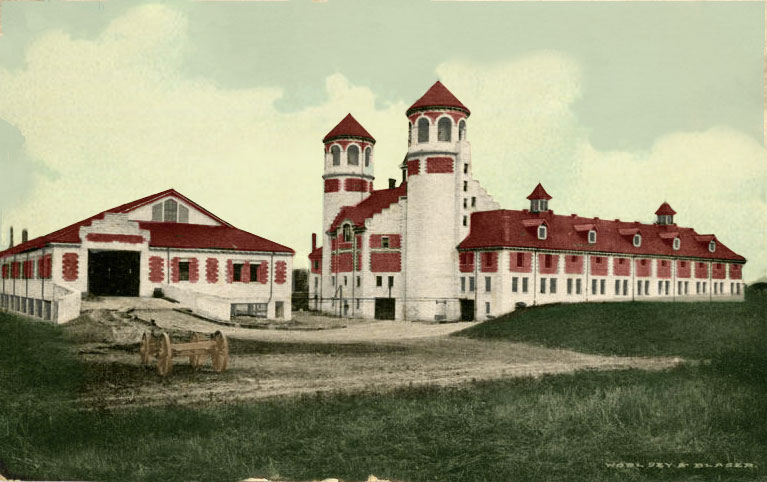
Anna Dean Farm – Machine Barn and Barn 2 
Anna Dean Barn 2 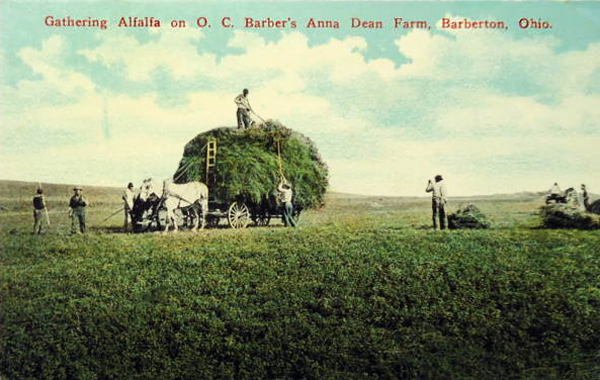
Gathering Alfalfa on O.C. Barber’s Anna Dean Farm, Barberton, Ohio
A model agricultural station
Wanting to ensure that his farm would be a lasting legacy, Ohio C. Barber made it a semi-public institution. Barber envisioned the farm ultimately becoming a college for agricultural experimentation and training. To that end, he worked to arrange for the farm to eventually be handed over to the Western Reserve University of Cleveland.
I have already satisfied myself that the farm can be operated profitably under whatever conditions may arise in the future. By the time it is ready for surrender to Western Reserve it will undoubtably be without an equal in the world as a model agricultural station. Indeed it is that already, but there is much underway and still more under consideration that will constantly add immeasurably both to its attractiveness and to its possibilities for practical demonstration. – Barber 1920
Farm design
From the standpoint of efficiency the Anna Dean structures were unsurpassed by any farm in all the world. Nothing but the best of materials and equipment was used, but it wasn’t the ‘spare no expense’ mechanics of the farm that inspired awe. It was/is the architectural beauty that, to this day, overwhelms visitors. The heavy red tile roofs with graceful dormer windows and ventilator cupolas, the superstructures of rich, warm tinted brick, and the foundations and trim of light-colored concrete-block construction; the structures were designed to leave an impression of rich simplicity, dignity of decoration, and lasting strength.
Sadly, just decades after the death of O.C. Barber, many of the magnificent buildings made to stand the test of time had disappeared from the pastoral landscape. Today only a few of the less impressive structures remain.